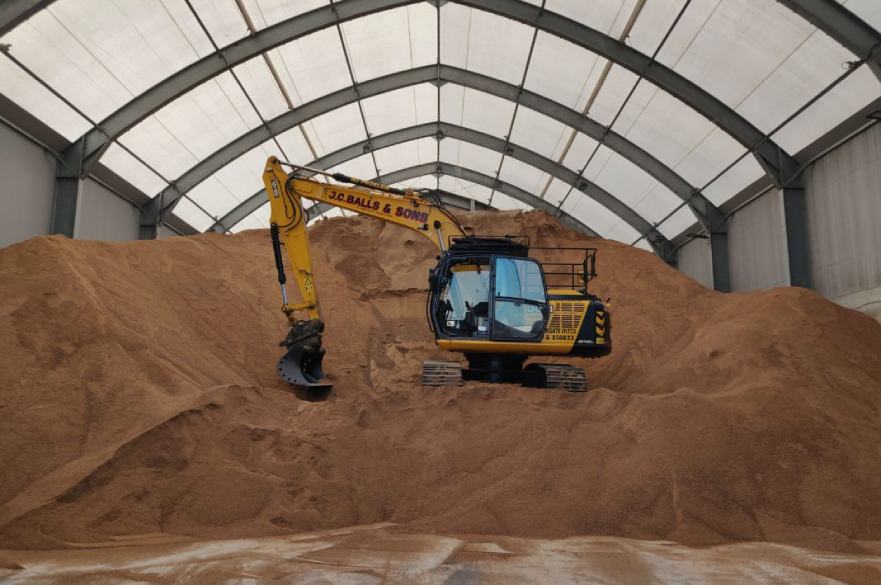We’re ready for winter, are you?
Published: 6 November 2019

How do we prepare for winter at Derby City Council, and how can you make sure you’re ready in case of snow and ice
Summer might not have officially ended until the clocks went back at the end of October, but here at Derby City Council, winter actually began on the first of October, and preparations to keep the city moving during cold weather, started happening long before that.
So how do we prepare for winter at Derby City Council, and how can you make sure you’re ready in case of snow and ice?
Over summer, our salt barn at Stores Road was restocked and is holding around 4300 tonnes of molasses covered salt. This is more than enough to keep the 157 miles of roads we treat, safe and 193 grit bins full for an average winter.
You’ve probably never noticed them, but the County is dotted with a network of weather monitoring stations that check everything from air temperature to how damp the road surface is, and beginning on the first of October, these stations get checked no less than three times a day, every day.
Our data even helps our forecaster, MeteoGroup provide a detailed weather forecast for the City. This way if it’s looking like it might be cold (and damp) enough for frost or ice to form on the road surface, we can mobilise our fleet of gritters to keep the roads in a safe condition for driving and keep the city moving. If the weather forecast is looking particularly cold or snowy, then these weather stations are monitored 24/7. If we’re going out gritting, we’ll share updates on Facebook and Twitter to keep you up-to-date.
We also share our gritting information with our neighbours at Derbyshire County Council and Highways England. However, timings of gritting may vary as you travel around the country. So please do not take it for granted that if Derby’s roads have been gritted, that roads in neighbouring areas have also been gritted or vice versa.
If you’re planning any kind of travel at all over the winter period, make sure you’ve got an emergency kit in your car – especially if you’ve got long trips planned. This kit should contain essential items such as:
Any medication you or passengers may need
- Drinks and snacks
- Hats, gloves, scarves and blankets
- A shovel, in case you need to dig your car out
- A first aid kit
- Sunglasses – yes, really! Sun glare on snow can cause accidents due to reduced visibility
- A pair of walking boots
- A road atlas, because you never know when technology may let you down
- Jump leads
- A portable phone charger
- A torch.
You can either create your own winter kit, or they can be bought from places such as the AA or the RAC.
More information about gritting and advice for driving in icy and snowy conditions can be found on our website.